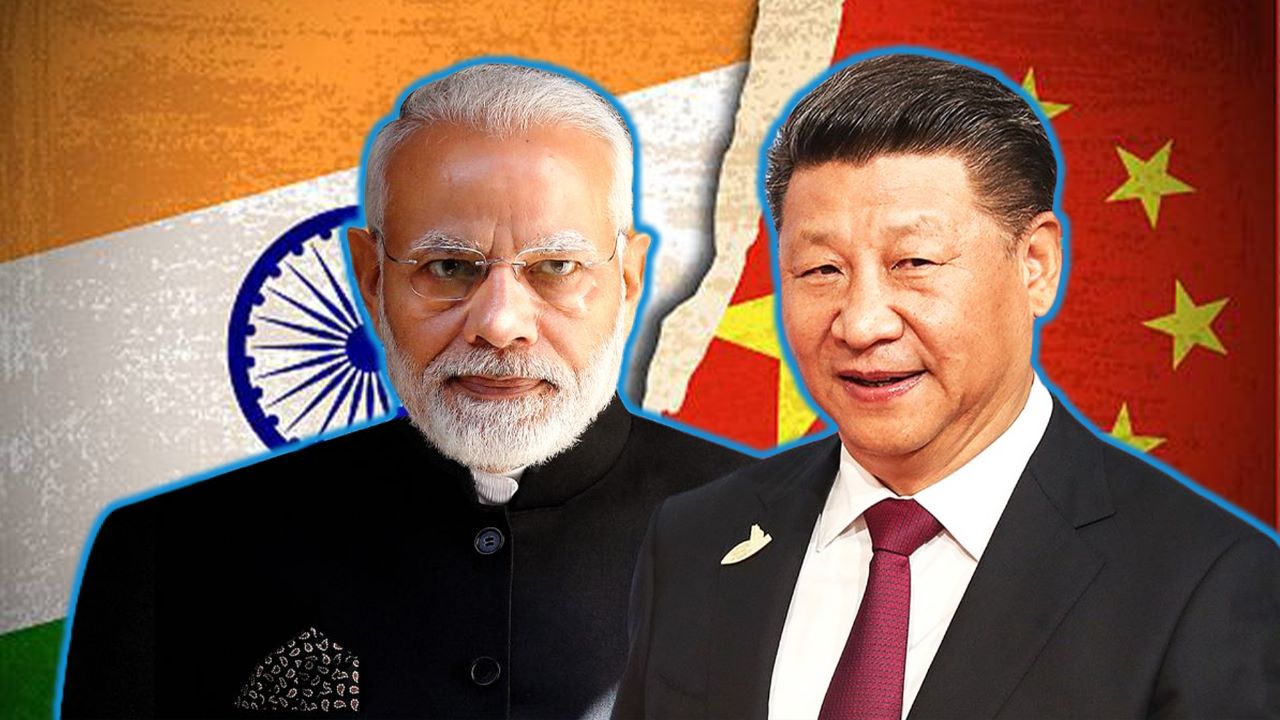China’s ‘salami slicing’ of the land-locked Bhutan nestled in the Himalayas scripted one of the worst chapters in India-China relations. What came to be known as the Doklam standoff in 2017 has been the beginning of a slew of bloody skirmishes between the two giant Asian countries.
Five years hence, the Himalayan nation, a protected state under India, is close to resolving boundary issues with China and is going to start a diplomatic relationship with Beijing. The developing bonhomie between Thimpu and Beijing has been “constantly” watched by New Delhi.
Chinese Foreign Minister Wang Yi indicated on October 23 that China is ready to conclude boundary negotiations and establish diplomatic relations with Bhutan as soon as possible.
Xinhua reported that Wang, also a member of the Political Bureau of the Communist Party of China Central Committee, made the remarks during the ongoing visit of Bhutanese Foreign Minister Tandi Dorji. Dorji and Wang will be meeting to conduct boundary talks.
“The two sides should seize historical opportunities, complete the important process as soon as possible, and designate and develop the friendly relations between the two countries in legal form,” said Wang.
While endorsing the ‘One-China’ policy, Dorji said: “Bhutan is willing to work with China to strive for an early settlement of the boundary question and advance the political process of establishing diplomatic ties.”
The border between China and Bhutan is more than 600 kilometers long. Disputed areas are mainly located on the western and northern parts of the boundary, covering about 5,000 square kilometers.
Both China and Bhutan claim the Doklam plateau in western Bhutan. India backs Bhutan’s claim. China seeks the territory owing to its immense strategic value. Control over Doklam will give Beijing a “major terrain advantage” over India.
In 2021, Bhutan and China signed a three-step roadmap to speed up talks on resolving their border dispute. It is a worrisome development for India, as the negotiations are over two chunks of territory — China added a third chunk in eastern Bhutan recently — the Doklam plateau.
China has been pushing Bhutan on a package proposal under which Thimphu should hand over Doklam to China in return for Beijing recognizing Bhutan’s control over disputed territory in north-central Bhutan.
Should Thimpu accept the package deal to settle boundary disputes, it could expose India’s eastern flank.
Mission Doklam
At the strategic level, the control of the Doklam plateau will give the PLA a launchpad to choke India’s vital lines of communications running through its Siliguri Corridor to the North East of India. The Bhutan Army does not physically hold the Doklam Plateau, and the PLA has been patrolling this area at will.
The Indian Army troops and the Bhutan Army have patrolled the area to safeguard the vulnerable Indian eastern flank. Indian and PLA patrols have confronted each other in this area in the past, and matters were resolved by agreeing to disagree to maintain the status quo for peace.
In the past, India has been able to prevent the PLA troops from constructing a road to the Jhamperi Ridge. But in 2017, the Indian forces again blocked Chinese soldiers from building a road to Jhamperi. It turned into a 73-day standoff between the two sides.
Since the Doklam crisis, China-India relations have been in a downward spiral. Indian and Chinese soldiers were engaged in violent clashes at the Galwan Valley in June 2020.
The two militaries have been in a faceoff since then in Ladakh in the western sector of the Line of Actual Control (LAC), the de facto border between China and India.
Although 17 rounds of talks between military officials of the two sides have taken place, there have been no breakthroughs.

Chinese Village In Bhutan
In March 2022, satellite images revealed that a Chinese village, constructed 9 km east of the Doklam plateau, was the faceoff site between Indian and Chinese Armies in 2017. The village was entirely inhabited, with cars parked at the doorstep of virtually every home. The village, which Beijing calls Pangda, lies squarely within Bhutanese territory.
Satellite images from Maxar indicate that a second village in the Amo Chu River valley is now virtually complete. At the same time, China has stepped up construction of a third village or habitation further South. A bridge across the Amo Chu has been constructed at the site of this third village, with excavation activity visible. The foundations of six buildings were visible here.
A 2023 Pentagon report confirmed the massive Chinese infrastructure build-up along the LAC. “In 2022, China continued to develop military infrastructure along the LAC. These improvements include underground storage facilities near Doklam, new roads in all three sectors of the LAC, new villages in disputed areas in neighboring Bhutan, a second bridge over Pangong Lake, a dual-purpose airport near the center sector, and multiple helipads,” the report reads.
On December 9, 2022, hundreds of Chinese and Indian forces clashed along the eastern sector of the LAC near the Yangtse area of Tawang, India, revealed the report. It adds: “Both sides previously agreed not to use firearms along the border — instead, they use sticks and clubs as weapons. However, both Chinese and Indian forces sustained injuries. Media reports described the skirmish as the worst since the 2020 Galwan Valley incident.”
- Ritu Sharma has been a journalist for over a decade, writing on defense, foreign affairs, and nuclear technology.
- She can be reached at ritu.sharma (at) mail.com
- Follow EurAsian Times on Google News




